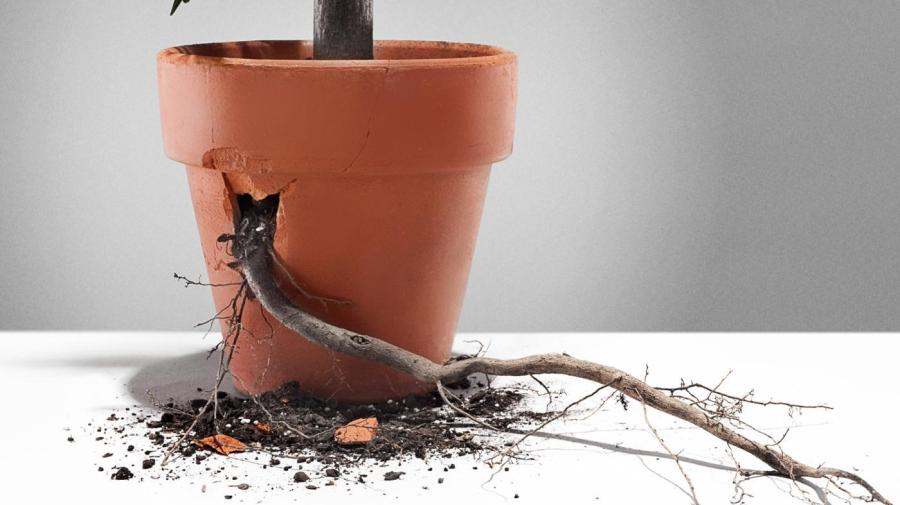What Does the Root of a Plant Do?

The main function of a plant root is to absorb water and minerals from the soil for the plant to use. Roots also anchor plants into the ground, offering them support and keeping them from washing or blowing away. In some plants, such as carrots, roots store carbohydrates that the plant has made through photosynthesis for later use.
Various parts of the plant’s root have different functions. The root cap, which is found at the tip of the root and is shaped like a thimble, protects the delicate, growing root tip from damage as it pushes through the soil. This part of the root is referred to as the meristematic region. It is the site where new root cells are dividing, causing elongation of the root. This growth allows the root to penetrate deeper into the soil where more water and nutrients can be reached.
Just above the meristamatic region is the root hair region; thin root hairs grow off of the main root here, and their main function is to increase the surface area for absorption of water and nutrients by the roots. Above the root hair region is the mature root region where cells differentiate into specialized tissues called xylem and phloem, which transport liquid through the plant. The mature root region is also responsible for anchoring the plant in the soil.





